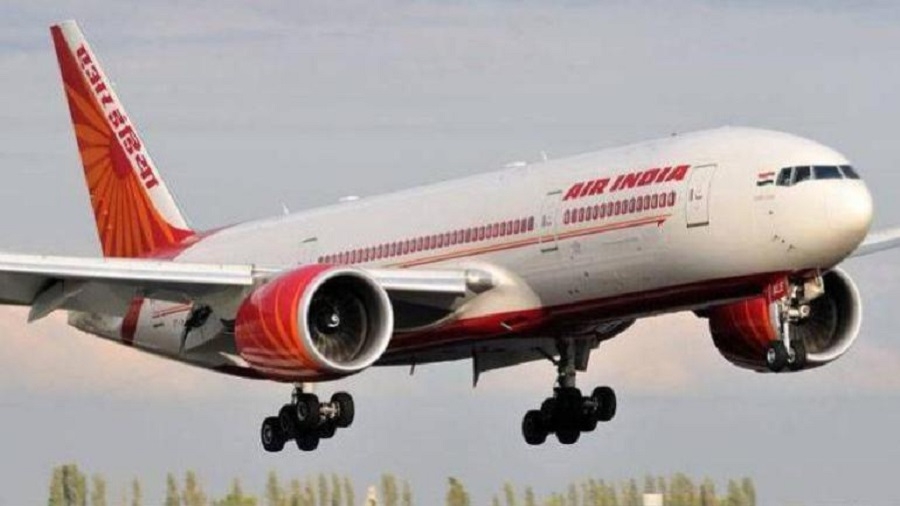FRESH FLIGHT
| Date :09-Jan-2020 |

PUSHED to the brink of an unsavory shutdown, Air India, the country’s iconic airlines, is likely to take a fresh flight with the Central Government clearing decks for its privatisation. A Group of Ministers (GoM), headed by Union Home Minister Mr. Amit Shah, approved the Expression of Interest (EoI) as well as the share purchase agreement for Air India’s privatisation on Tuesday even as the national carrier’s financial situation became grossly untenable for sustaining operations. The modifications in stake sale agreements after the failure in attracting bids from private players in 2018 is a prudent step taken considering the changing market scenario around the world. Last year, the Government had offered to sell 76% stake in Air India and retain 24% for itself.
This condition failed to inspire confidence amongst bidders as they felt government control of a quarter of total stakes would lead to political interference. Partial sale was never a good idea though the Government had thought of phase-wise disinvestment. Market sentiment runs contrary to the idea of staggered sale of assets, especially in case of Air India which is seen as a valuable entity to fulfill strategic objectives by private players. Despite its present condition, Air India is a big brand with a fleet of 120 aircraft, presence in a large number of domestic routes and flights to 40-50 international destinations. Interested bidders would always go in for a one-time plunge to acquire such a big brand in their own entities rather than allowing a government stake, however negligible it may seem.
The total debt of around Rs. 80,000 crore Air India has racked up is another constraint that must be taken care of while handing over the airlines into private hands. All these factors had made it imperative for the Centre to alter the rules of the game and play according to the prevailing situation and conditions. The Centre again has done well to clear the ambiguity over future of Air India employees with the new owner. In the last effort there was lack of transparency regarding the employee-retention clause as bidders were not ready to deal with staff that could not be laid-off. The Air India Specific Alternative Mechanism (AISAM) has now approved Voluntary Retirement Scheme (VRS) as well as a debt restructuring plan which clears air over two big points of consternation for the bidders.
The Air India story yet again brings into focus the enormity of managing corporate behemoth by the Government. Air India is not the only top entity lined up for disinvestment. The Government also plans to sell Bharat Petroleum Corporation Limited (BPCL), Shipping Corporation of India (SCI) and a few other state-owned enterprises. Air India enjoyed a bright flight for many years after the Indian Government purchased it from Tata Sons in 1953. It assumed an iconic place but the fact remained that the golden period played on only till the Tata’s influence on the company lasted. Emergence of private airlines and a paradigm shift in aviation operations soon had its effect and relegated the national career to just 13 per cent of domestic share.
As sectoral competition heated up, Air India started wilting under the burden of debts and its position nosedived soon. Now, things have been put on the fast track after approval of EoI by the Group of Ministers. As per reports, EoI and share purchase agreement would be issued in January itself for the bidders which buys the Government ample time to open negotiations and decide over modalities of the stake sale. Till then, the national carrier has to sustain fierce competition and endure physical operations. The Government would do well to infuse a one-time package till mid-2020 to help Air India tide over the turbulence and keep going before it goes to a new owner.